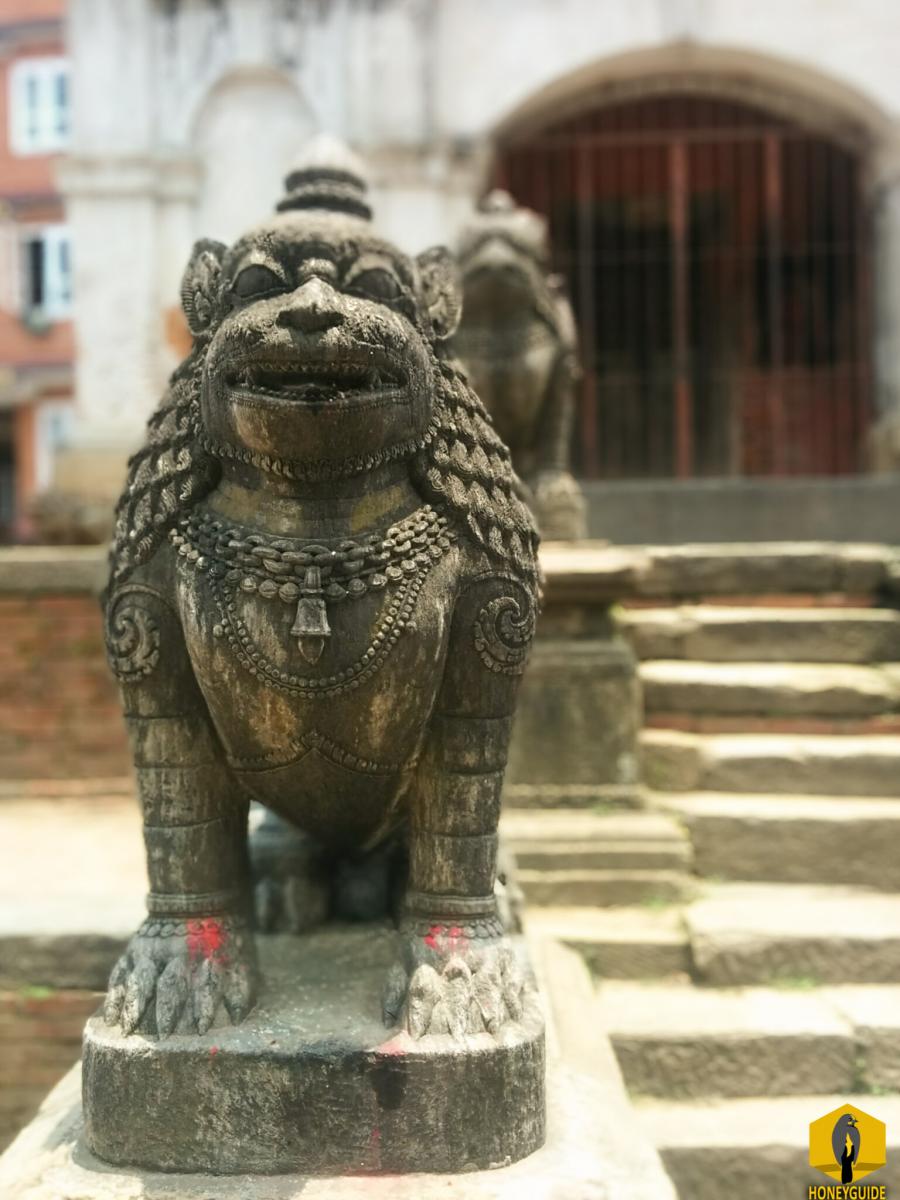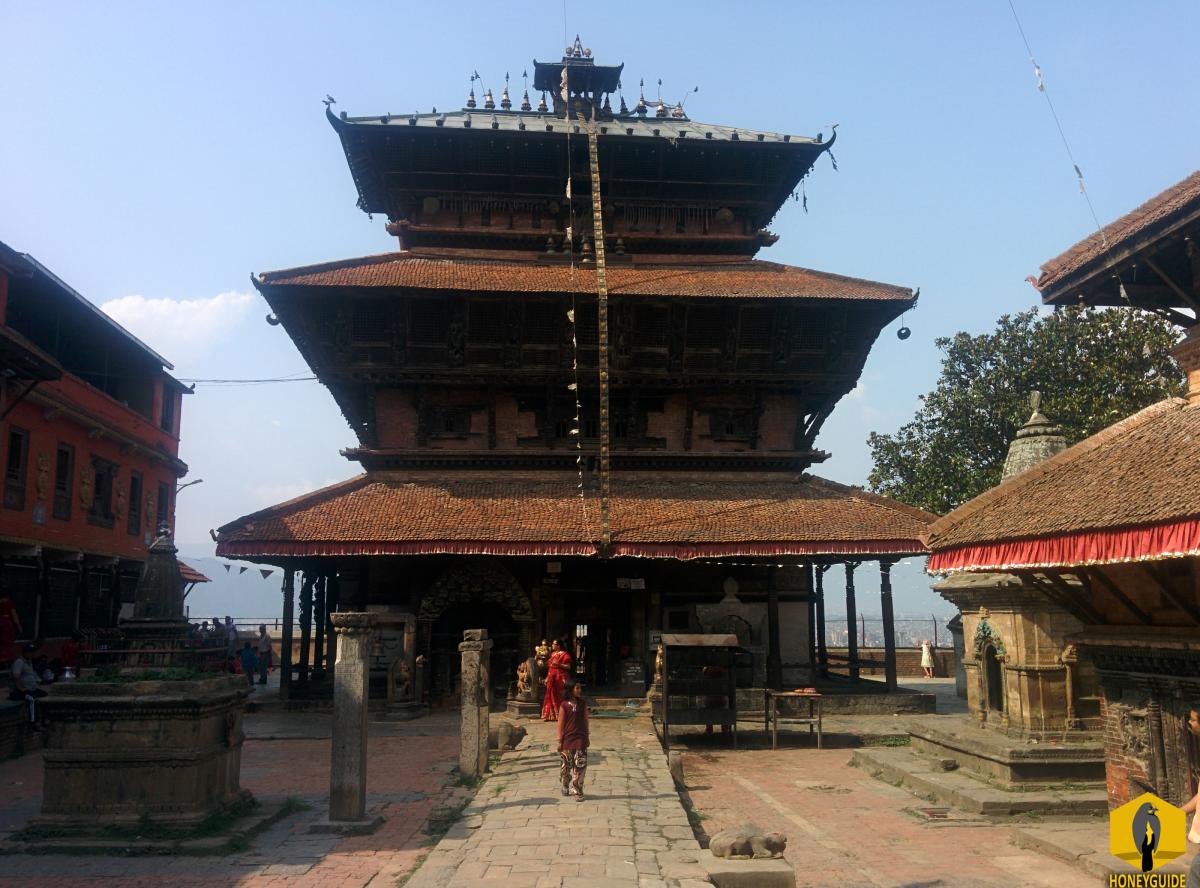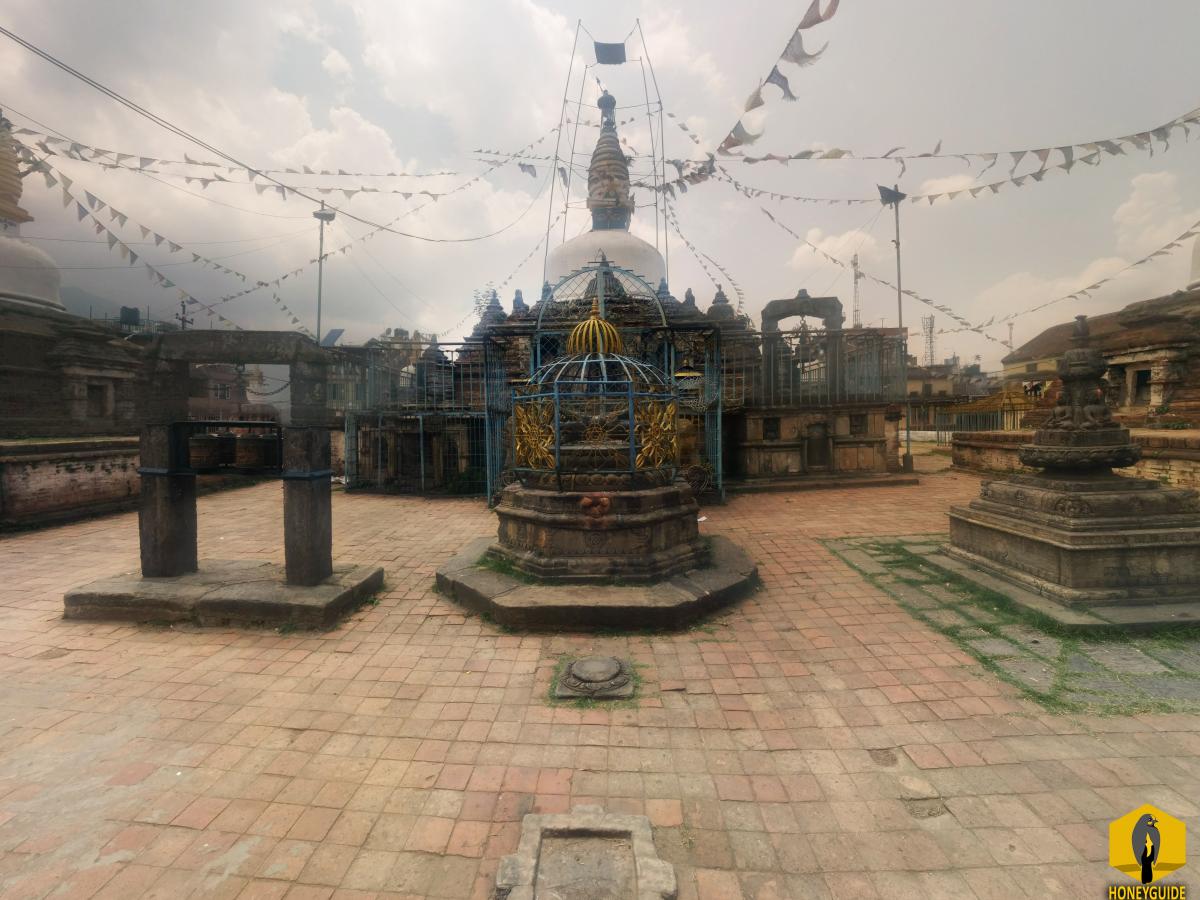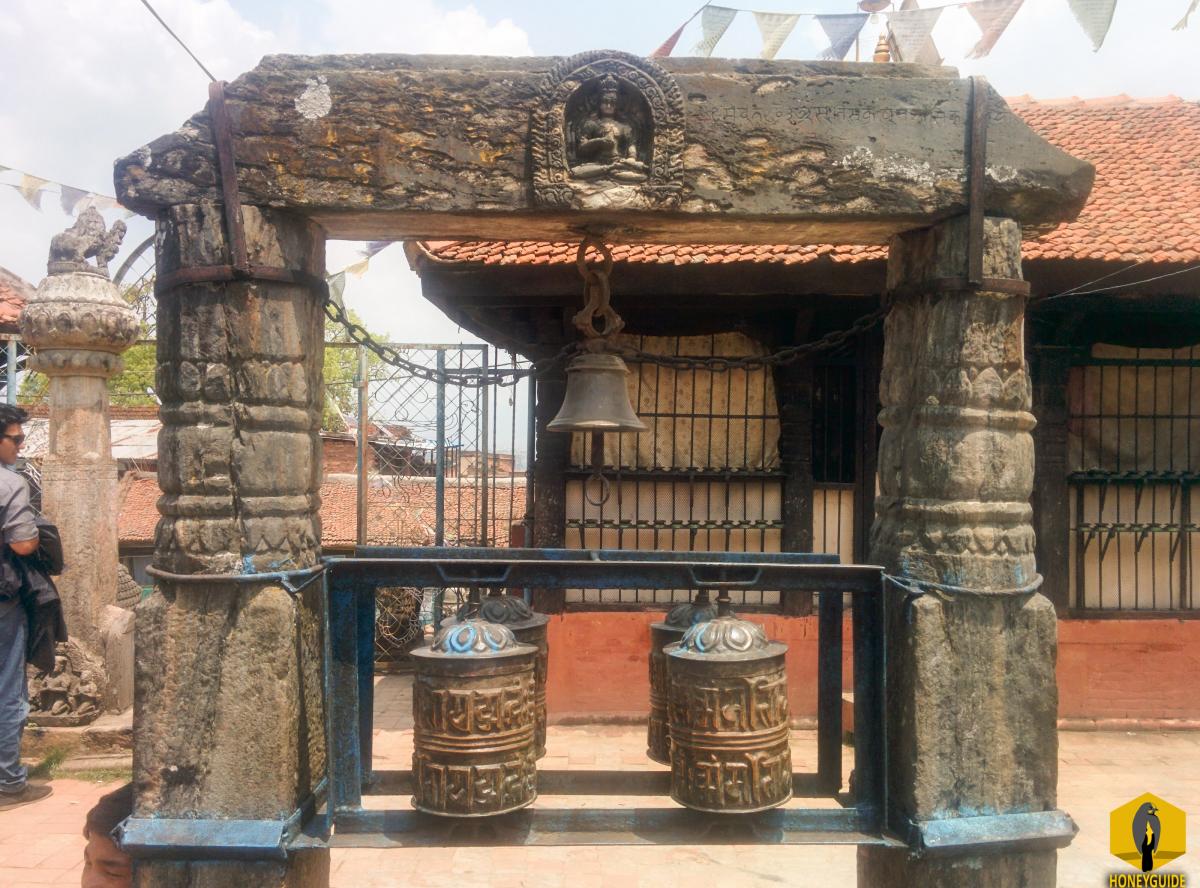Kirtipur, a city of glory in its literal sense, resides on a hill top southwest of Kathmandu, Nepal. A city of glory, rightly so, as it encompasses many beautiful vihars, chaityas, temples and age old buildings. Anyone who admires a location with rich history, mythical stories, good food and interesting structures will love Kirtipur for sure. As did Prithvi Narayan Shah, the unifier of Modern Nepal. The reason however would weigh more on the strategic importance of the location of Kirtipur. A city on a hill top was perfect for waging war against the Mallas of the Kathmandu Valley and thus fulfill the thirst of the Gorkha King to capture the valley and all the advantages it brought along. Capturing Kirtipur would make the job of capturing Patan, Bhaktapur and Kathmandu a lot easier; and it did too. Being the fierce conqueror Prithvi Narayan Shah was, he just had to have Kirtipur. But such was the resilience of the brave Kirtipurians that victory for the Gorkhalis was achieved only on the third attempt and that too because of treachery from a noble of Kirtipur. A famous warrior by the name of Kalu Pande died in the first of the three battles of Kirtipur. Many other lives were lost in the battle too. One of the fallen was Kirti Laxmi, a female warrior of Kirtipur who fought bravely in the battle and fended off incoming Gorkhalis with brute determination and courage. It is said that this hill top city was named Kirtipur after her; just one of the many myths surrounding the coining of the name “Kirtipur”.
The people of Kirtipur surrendered before the king of Gorkha because they were assured of an amnesty. Little did they know, the king would turn a blind eye to the promise he made. Infuriated by the resistance the Kirtipurians had put up and saddened by the lives of important warriors he lost, Prithvi Narayan Shah ordered his troops to cut off the lips and noses of every inhabitant except those who could play wind instruments for his entertainment.
The present day Kirtipur hasn’t seen these brutal activities ever since the war. It has evolved from it. It is a lot more subtle now. The walls that once surrounded Kirtipur for safety purposes is no more, but to this day Kirtipur hasn’t lost a bit of its charm and glory, all thanks to wonderful efforts from the town people to preserve important monuments and the whole feel of Kirtipur as a glory city. The remains of fourteen gates of the Kirtipur wall still remains though not in its entirety. Walking through the narrow alleys of the city you will feel as if you are playing a treasure hunt of some kind, with each corner providing a glimpse of its glorious past. Upon walking the streets with keen eyes you will find many infamous vihars in small courtyards which are recognized by United Nations and the government of Nepal. Bright smiles of the natives will welcome you and any stranger to the land will feel right at home. Be it the vihars, stunning temples or some Newari delicacies to satisfy your hunger, Kirtipur has got it all covered. Talking about Newari delicacies, did we forget to mention that Kirtipur is a Newar settlement? Well it is; it has always been. In Newari language Kirtipur is called Kipu. One can use some logic and perhaps tell how the name Kirtipur was coined; evolved from Kipu perhaps? Kirtipur is comprised of both Hindu and Buddhist Newars, which explains why Buddhist stupas and Hindu temples coexist in the city. Some temples are worshipped by both Hindus and Buddhists such as Chilancho Stupa and temple of Machindranath. This is evident to tourists when they see a Buddhist prayer wheel and a Hindu bell on a same stand (in Chilancho Stupa). Some of the most famous sites of Kirtipur amongst many others are Bagh Bhairav Temple, Deu Pukhu pond, Uma Maheshwor temple (west ward at the highest point of Kirtipur), Dakshinkali Mata temple, Shri Kirti Bihar and Sulakshan Kirti Bihar.
For those interested in mythical stories, Kirtipur has got plenty of it. Bagh Bhairav temple for instance, also known as Aju Deu to the locals, which is one of the most famous temples of Kirtipur has got a legend of its own. It is said that a bunch of shepherd boys brought some sheeps for grazing purposes into the jungle where Kirtipur presently sits. They left the sheeps to graze and they themselves started to make a tiger sculpture out of clay. The sculpture was complete; the only thing remaining was a tongue. They left the sheeps for a while to search for a leaf that would resemble the tongue of the tiger sculpture. Upon returning the sheeps were nowhere to be found. Later, much to their awe, the tiger sculpt opened its mouth revealing blood and bones of the sheeps. The shepherd boys cursed the tiger that it should never be able to close its mouth ever again and should never have a tongue. After the locals discussed with high priests, they came to an agreement that the tiger sculpt was possessed by Bhairav and thus to please him sacrifices of goat, buffalo and sheep were made. To this day on 1st Bhadra every year the same rituals are carried out and celebrated with great joy. If you happen to visit the Bagh Bhairav Temple today then you will see a tiger statue with its mouth wide open and no tongue! Also, if you stretch your eyes and look carefully at the topmost tier of the temple, you will see many weapons hanged on the wall. Legend has it that these weapons were once used by brave Kirtipurian warriors in the battle of Kirtipur. Yes, the very battle where Prithvi Narayan Shah emerged victorious and conquered the glory city. If you ever happen to visit the temple do concentrate on the top most tier and you might get lost in your imagination about the mythical stories of the battle of Kirtipur.
We are sure you have seen kids today get jealous of somebody else’s beautiful toy and they somehow have to have it. In ancient times Kirtipur had a lot of beautiful toys. The kings of three valleys were jealous of it and wanted it. One such story tells that there was a big bell in Kirtipur that informed the Kirtipurians when to wake up, eat and sleep through three loud rings that could be heard throughout the valley. The then king of Bhaktapur wanted a similar bell in his city and hence asked for a bell to be built, but none could replicate the big sound the bell of Kirtipur produced. The king then ordered his men to steal the bell from Kirtipur and be brought to Bhaktapur. The then king of Patan knew about this plan and snatched the bell from the Bhaktapurians on the way back to Bhaktapur. To this day you can see the big bell standing handsomely in the Patan Durbar Square, unharmed by the 7.8 magnitude earthquake of 25th April, 2015.
Say you are hungry after you have travelled and appreciated the beauty of Kirtipur, you need not go out of Kirtipur for some good food. There are many Newari restaurants that offer wide variety of Newari delicacies, Newa Lahana probably the most famous one. The food items can get really crazy from Sapu Micha, bone marrow stuffed in intestines to blood sausages, if that’s your taste. Kirtipur is also famous for homemade liquors that might require fire extinguishers to your throat. If you want to go for a relatively mild one you will probably want to order chyaang, a white liquor made from rice. The one that might require a fire extinguisher is transparent just like water.
One could write a whole book about Kirtipur and its various landmarks and the book would still be incomplete to some. Such is the rich history and importance of Kirtipur to the current unified Nepal. You could linger around the city of Kirtipur a whole day and it still wouldn’t be a day wasted.











